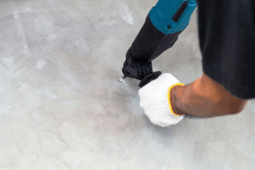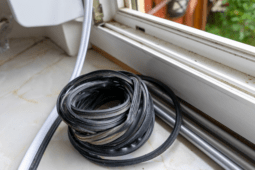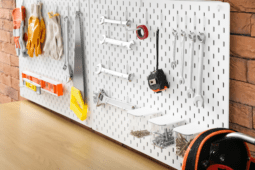How to Move a Shed Around Your Backyard
Embarking on the task of moving a shed is not for the faint of heart—it’s a mission that requires brawn, brains, and a bit of bravado. Imagine yourself as the commander of your backyard, leading a maneuver that would make even the most seasoned mover tip their hat in respect.
This is not merely about relocating a structure; it’s about asserting dominance over your domain, showcasing your DIY prowess, and perhaps earning the eternal admiration of your neighbors (and maybe a cold beverage or two in the process). So, roll up your sleeves, gather your tools of the trade, and let’s dive into how to move a shed.
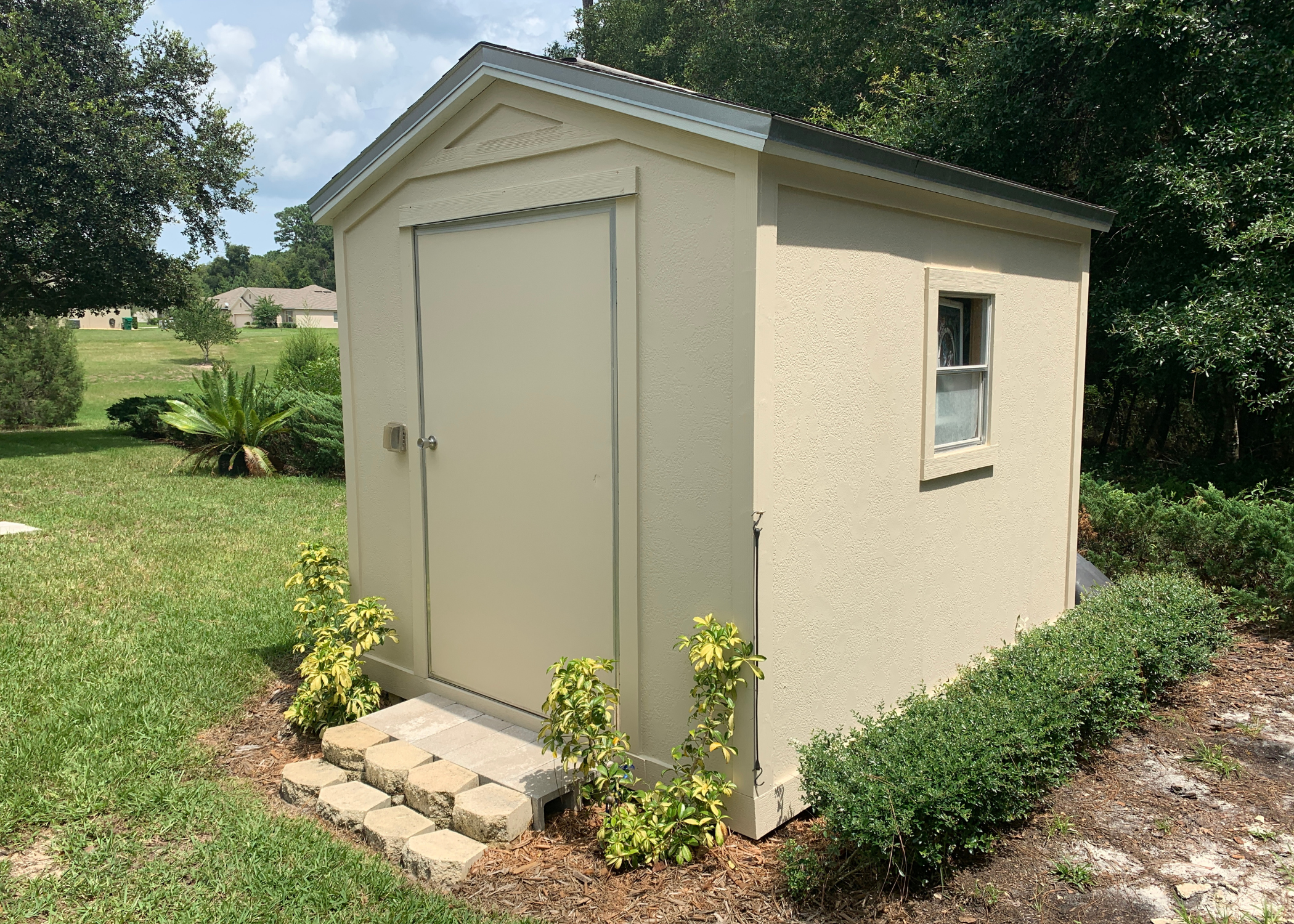
Preparing Your Shed for Relocation
Preparing your shed for relocation begins with an essential check on its structural integrity. Ensuring that your shed is stable and in good condition before moving it is crucial to prevent any damage during the process.
Start by examining the foundation; if the shed is not anchored securely, it may require additional support or bracing to withstand the move. Check the walls, roof, and floor for signs of rot, rust, or other damage, and make repairs as necessary. This step not only helps in making the move safer but also extends the life of your shed post-relocation.
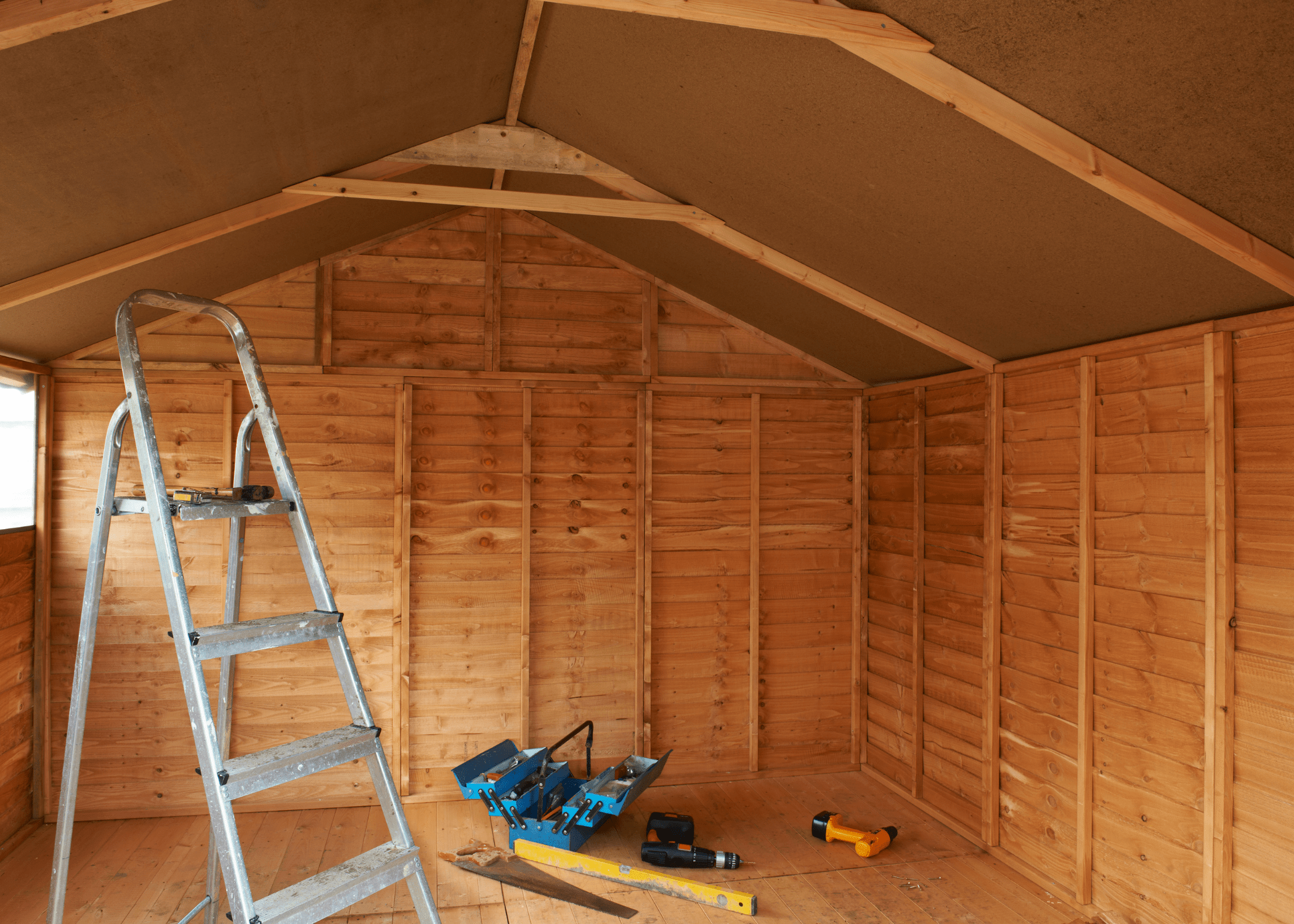
Next, it’s important to carefully consider the contents inside the shed. Clearing the shed of any tools, equipment, and other items will make it lighter and easier to move. It also minimizes the risk of items shifting or falling, which could cause damage or injury.
If possible, disassemble larger items within the shed to make the structure less cumbersome. These preparatory steps are vital when figuring out how to move a shed effectively, ensuring everything goes smoothly on the day of the move while protecting your property and ensuring safety.
Choosing the Right Tools and Equipment for Moving a Shed
When you’re planning how to move a shed, selecting the right tools and equipment is crucial for a smooth and safe relocation. The size and weight of your shed dictate the type of equipment you’ll need. For smaller sheds, a large dolly or hand truck might suffice.
These tools allow you to tilt the shed and roll it to its new location. However, for larger sheds, you may require more robust equipment like a forklift or a crane. These heavy machines can lift and move heavier structures with ease, ensuring that the shed remains stable and secure throughout the process.
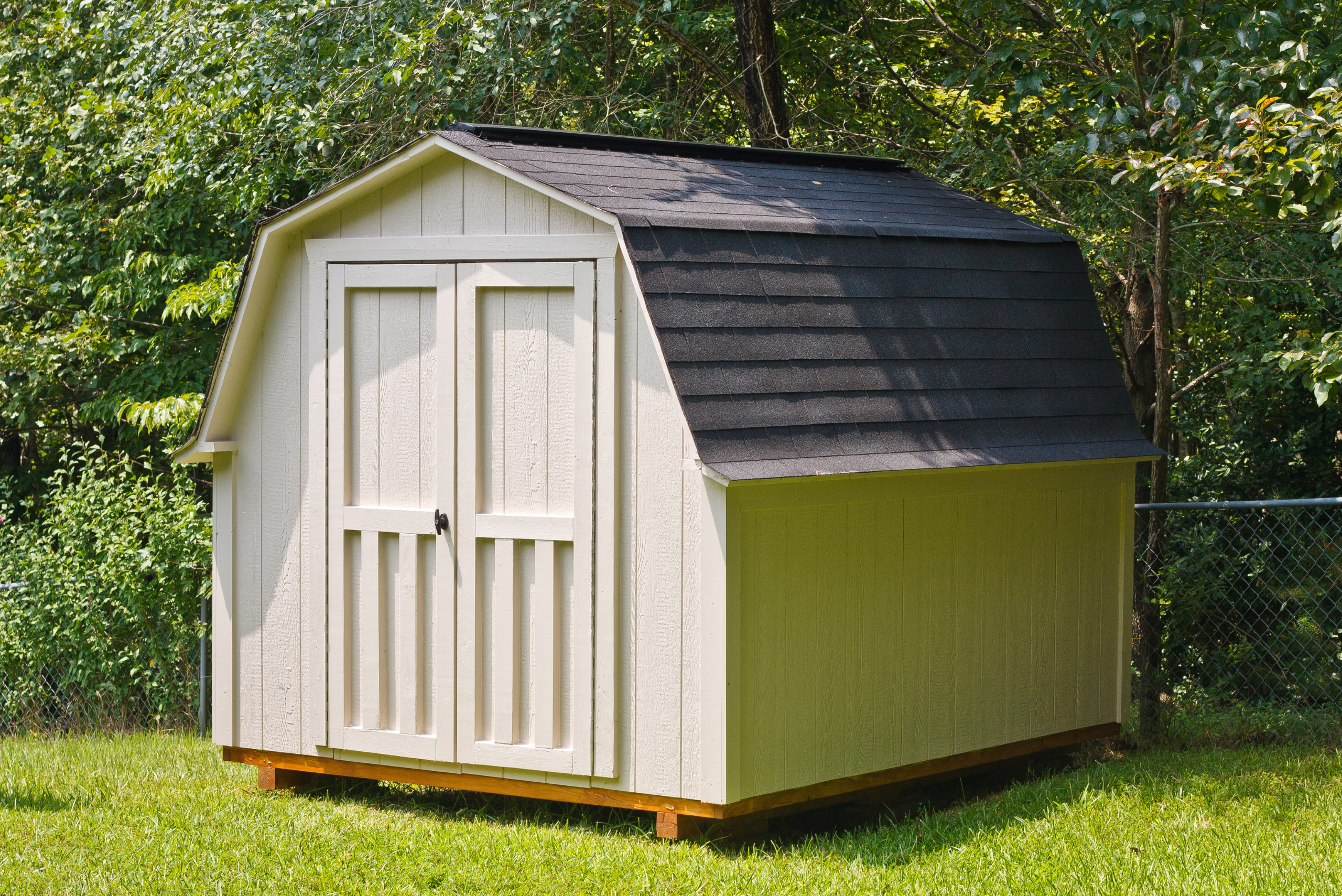
Using skids or rollers can be extremely helpful in reducing friction and facilitating smoother movement. Skids, typically made of strong materials like metal or heavy-duty plastic, are placed under the shed to provide a slick surface that slides more easily.
Rollers can also be positioned under the skids to enhance mobility, allowing you to push or pull the shed across your property with less effort. Ensuring you have access to these tools will not only protect the structure of your shed but also prevent injury to those involved in the moving process.
Techniques for Moving a Small Shed
When considering how to move a shed manually, it’s important to start by assessing the size and weight of your structure. Smaller sheds can often be moved by hand with the help of several strong individuals.
Begin by clearing a path from the shed’s current location to where it will be moved. Ensure the ground is stable and even to prevent any accidents or damage during the move. Next, gather your team and have them position themselves at the corners of the shed. Lifting together on a count ensures the weight is evenly distributed, preventing undue strain on any one person.
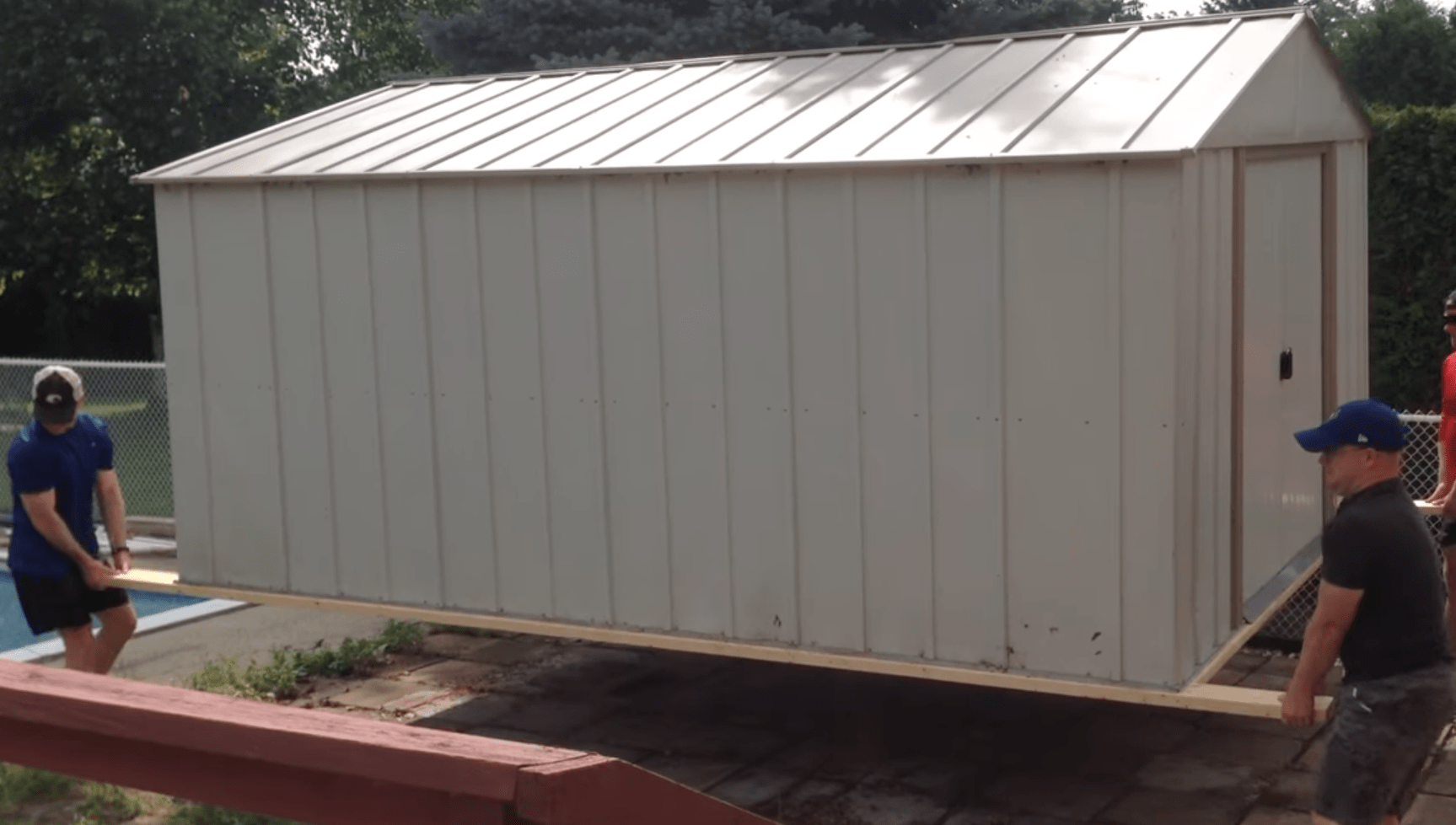
To facilitate smoother movement, you might consider placing sturdy rollers or pipes under the structure as you go, which can act as a makeshift conveyor system. As each roller exits the back of the shed, it can be returned to the front, continuously rolling the shed along its new path.
Communication is key during this process; everyone involved should be alert and responsive to directions to adjust their movements as needed. This method not only protects the shed from potential damage but also minimizes the physical strain on those involved in its relocation.
How to Move a Large Shed
When considering how to move a large shed, utilizing mechanical assistance can simplify the process significantly. Equipment such as forklifts, cranes, or even a skid system can be employed depending on the shed’s size and weight, as well as the distance it needs to be moved.
For instance, a forklift is ideal for smaller or medium-sized sheds since it can easily slide underneath the structure to lift and transport it to a new location. For larger sheds, a crane might be necessary to hoist the shed over obstacles and place it precisely where needed. It’s essential to ensure that the machinery used is operated by a certified professional to avoid any accidents or damage to the property.
Preparing the new site before the move is crucial to ensure a smooth transition. The area should be cleared and leveled, and a foundation should be laid down if the shed does not already have a suitable one.
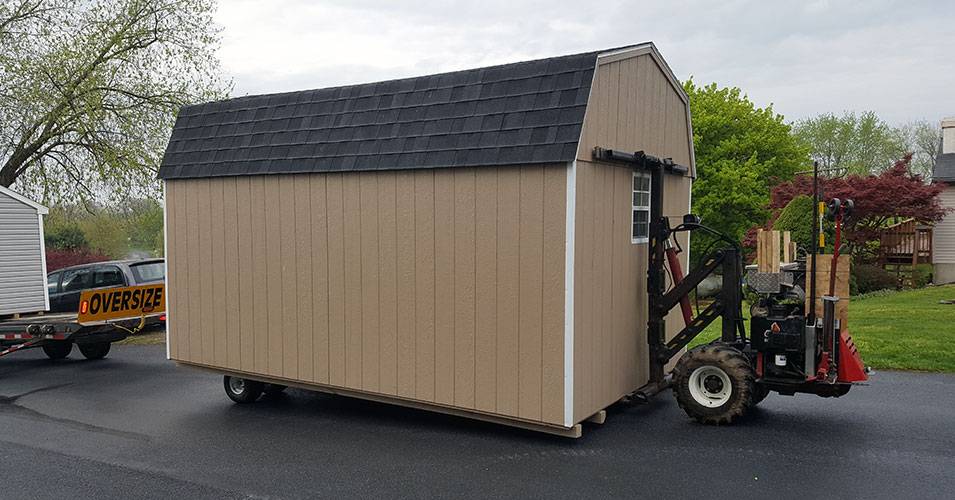
This preparation prevents the shed from sinking or tilting at the new location, which could compromise its structural integrity over time. Always check local regulations to ensure that all necessary permits are in place before moving the shed, as compliance with local codes is essential for legal and safety reasons.
The time of year can significantly affect your moving process. Opt for a season with mild weather to avoid complications from rain or snow.
Seeking help from friends or hiring professionals can also make the process more manageable and efficient. By keeping these tips in mind and planning carefully, your shed relocation will be executed more smoothly, ensuring that the structure continues to serve its purpose effectively in its new location.
Frequently Asked Questions (FAQs)
Can I move a shed by myself?
Moving a shed by yourself is possible but challenging, depending on the shed’s size and weight. Smaller sheds can sometimes be moved with the help of heavy-duty rollers, dollies, or a shed-moving trailer. However, for larger sheds, it’s highly recommended to seek professional help to avoid injury or damage to the shed.
What equipment is needed to move a shed?
The equipment needed can vary based on the shed’s size and the distance of the move. Common tools include a jack to lift the shed, a trailer or large dollies for transport, and skids or rollers to move the shed onto the trailer or dolly. A forklift or crane might be required for large sheds.
How do I prepare my shed for moving?
First, empty the shed of all contents to reduce weight and prevent damage to items inside. Ensure the path is clear of obstacles and measure doorways or gates to guarantee the shed can pass through. Depending on the moving method, you may need to secure the shed’s doors and windows and possibly reinforce the structure to prevent twisting or damage during the move.
Is it expensive to move a shed?
The cost can vary widely based on the shed’s size, weight, the distance of the move, and whether you hire professionals. DIY methods might only require renting equipment, but professional movers will factor in labor, equipment, and transport costs.
Do I need a permit to move my shed?
This depends on local regulations. Some areas may require a permit, especially if the shed will be placed in a new location that doesn’t comply with local building codes or zoning laws. It’s important to check with your local government or planning department before proceeding.
How do I ensure the shed is stable after moving it?
After moving, the shed should be placed on a stable, level foundation to prevent settling or structural damage. This might involve laying a gravel base, concrete blocks, or a new concrete slab. Ensuring proper drainage around the new location will also help maintain the shed’s stability over time
Can I move a shed to a different property?
Yes, sheds can be moved to different properties, but it’s important to consider the logistics and costs involved, especially for long distances. You’ll also need to ensure that the shed complies with zoning regulations and building codes at the new location. Hiring a professional company experienced in moving sheds can help you navigate these challenges more effectively.
Ready to start your next project? Join our DIY community to receive tool tips, how-to guides, and exclusive creative insights. Subscribe to the ManMadeDIY newsletter now! Click here to unlock a world of hands-on inspiration.

